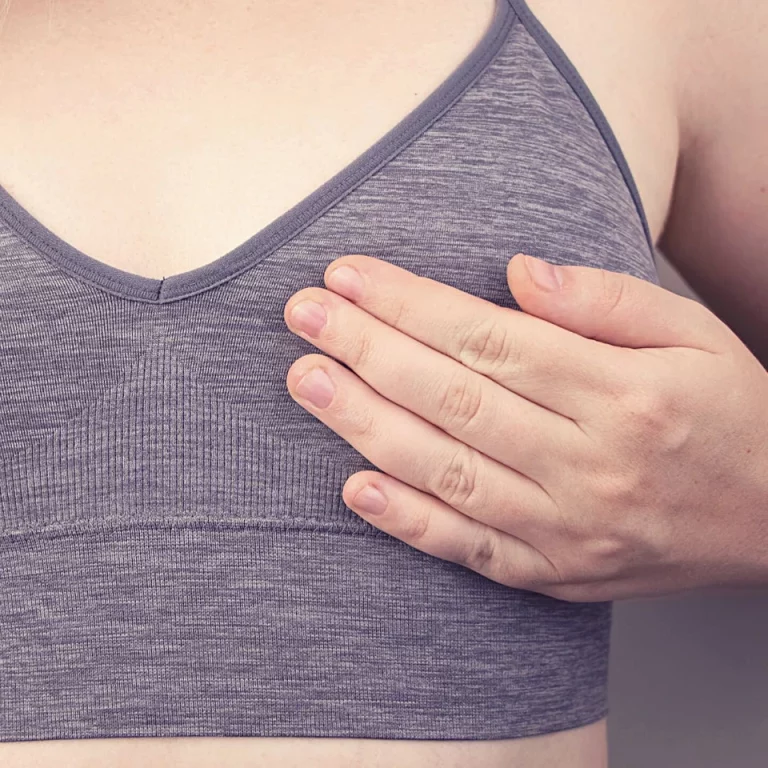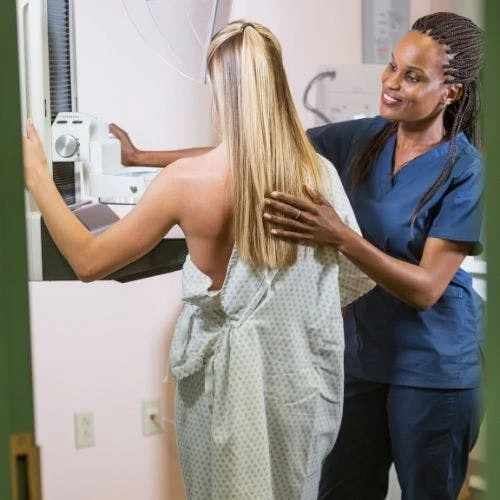Does A Mammogram Hurt?
A mammogram for breast cancer screening may hurt in some cases. It is not the same experience for every person. There are different factors that determine whether or not a screening mammogram will be painful for you. Remember, that mammograms only take about 10 to 15 seconds for each breast. So, even if you do experience some pain, it is for a very short amount of time.
How Mammograms Are Done
First, let’s take a look at how mammograms are done. During a 3D mammogram 8100/69 , your breast will be squeezed between two surfaces. A mammography machine is an X-ray machine. The machine moves around each breast. While it is moving, it is taking pictures (X-rays) of different parts of your breasts. Each breast is squeezed between two plates for 5 to 10 seconds. It is this squeezing that some people find uncomfortable. If you have breasts that are smaller, the technician may need to manipulate your breasts into the machine. If you have larger breasts, it may be technically easier to obtain the images that are needed. Again, this is very individual. Not all women with larger breasts have less pain with mammography. Similarly, not all women with smaller breasts have painful experiences with mammograms. Some radiology centers have mammogram machines that have SmartCurve comfort technology. This compression plate is shaped like breast tissue and it has been clinically proven to provide a more comfortable mammogram. SmartCurve reduces pulling and pinching of the breast tissue for a less painful experience.
So, Does A Mammogram Hurt?
Having a mammogram can be painful. One of the most important factors depends on a person’s individual tolerance for pain. If you have a high pain tolerance, you are unlikely to experience much pain or discomfort during a mammogram. If you have a low tolerance for pain, then a mammogram may be painful for you. The experience of pain is very variable. Even the same person can have different experiences of pain on different days.
Some people do not realize that during a mammogram, you will need to stretch and move your neck so your head is out of the way of the very large mammogram machine. There are women who report that this is more painful than the squeezing of the breast tissue.
The experience of the technician also matters. Technicians who are well trained in performing mammograms are more likely to be able to get the needed images quickly and accurately. A mammography technologist who has years of experience in properly positioning patients will likely be a better option for someone who has a low pain threshold. Most people will not be able to choose their technician so this is not something you can control in most cases.
Mammography During Periods
Breast tissue can be more sensitive when you are on your period. So, having mammography during periods may not be the best idea if you have a low threshold for pain. If you wait until after your menstrual cycle is complete, your mammogram may be less painful. If you have a low pain tolerance, schedule your mammogram approximately 4 to 7 days after you stop bleeding. There is no contraindication to having a mammogram during your period.
Related: What to Expect From a 3D Mammogram
Is Mammogram Painful?
The summary is, yes, a mammogram can be. However, it is a very quick test. Even in the most painful situations, the pain should be short-lived and not last more than ten to fifteen seconds. Some people may have some bruising or soreness for a day or so after the test. Patients can take over-the-counter pain relievers if needed for this discomfort. Having a mammogram at regular intervals for breast cancer screening is extremely important. Although it may be painful, most people tolerate them well. There are many benefits of early breast cancer detection through screening mammography. It is very important to not let the 15 seconds of pain discourage you from having your screening mammogram. Bottom line, painful, or not, your mammogram needs to be done!
Sources:
https://pubmed.ncbi.nlm.nih.gov/28644335/
https://pubmed.ncbi.nlm.nih.gov/26757170/
https://www.womenshealth.gov/a-z-topics/mammograms
We discuss products we think are useful to people. If you buy something through our links, we may earn a commission. Remember to check with your personal physician to see if a product recommended is right for you.








